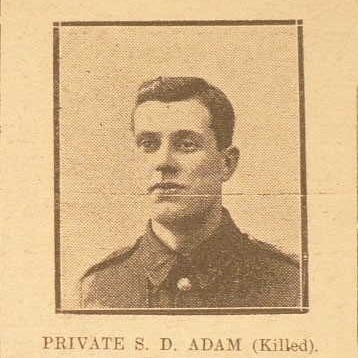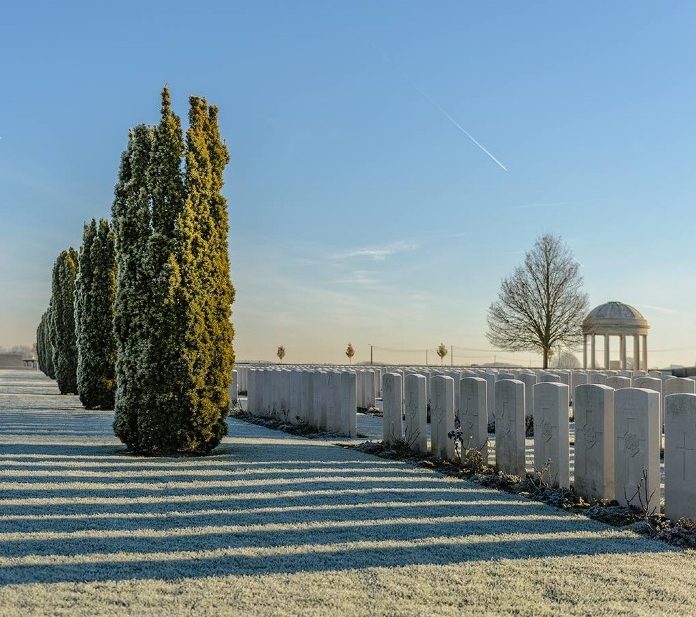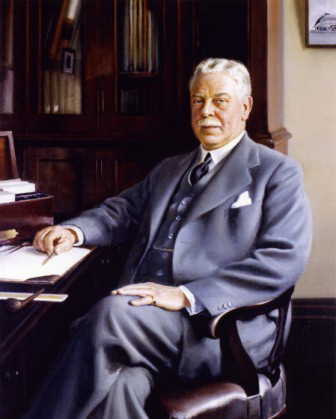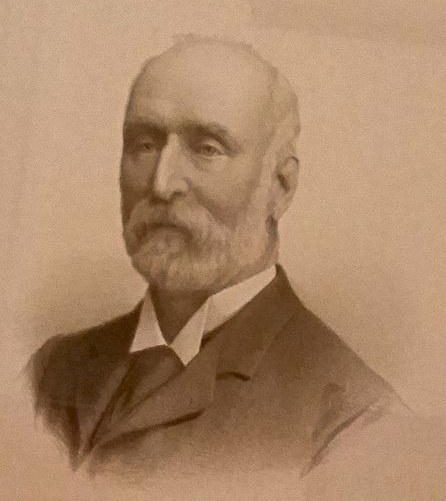The Plant Workers
- Home - The Plant Works -
- The Plant Workers
George Mair ADAM & Eden Grove
DONCASTER PLANT WORKS ATHLETIC CLUB
George Mair Adam, was born on 19th January 1898 in Doncaster, and commenced work on 10th January 1912 on Great Northern Railway in the Plant Works as a turner. Later he became an athlete and a member of Doncaster Harriers from 1920.
Doncaster Plant Works Athletic Club (DPWAC) under the aegis of the Great Northern Railway Company was originally titled Doncaster Great North Harriers. When the Great North Railway was absorbed into the newly formed London & North Eastern Railway Company (LNER) its name was changed to Doncaster LNER Harriers in 1923.
Further change took place in 1933, when the harriers identified themselves as a section of the athletic club and became Doncaster LNER AC (Harriers Section).
The home of the athletic club was Eden Grove, Hexthorpe which owes its development to Edmund Beckett Denison M.P. Eden Grove opened in 1914 for the use of the cricket team. It was opened by Hon F.S.Jackson, a member of the Yorkshire County eleven, and was the son of Lord Allerton, Chairman of the Board of Directors of the Great Northern Railway Company.
The opening match was played between Doncaster and Darlington Works, a member of the Doncaster team was H.N.Gresley then 38 years old.
Photograph of the Doncaster Team is held by the National Railway Musem.
Whilst over the years the club was known as the ‘Plant’ it was after nationalisation in 1948 that the name Doncaster Plant Works Athletic Club was adopted.
In their first season in 1920, the Doncaster GNR Harriers hosted the National Cross – Country championships at Doncaster Racecourse coming ninth. The race attracted over 10,000 who paid one shilling besides many more that were crowed in the free course.
Under the captaincy of George Adam, the club built up a strong cross-country team. In 1925, George Adam (a hurdler) introduced track and field events, the latter being a novelty for the harriers.
In 1924, a notable visitor to Eden Grove was Eric Liddell of ‘Chariots of Fire’ fame and in 1933, Lord Burghley, LNER Director, and an Olympic gold and silver medallist also attended.
In 1957, the athletes who were accustomed to competing on grass, celebrated the acquisition of an all purpose cinder track designed by George Adam, which was formerly opened by Christopher Brasher, 1956 Olympic Gold Medallist.
The latter half of the decade saw the success of Arthur Rowe, a master of the shop put. In the 1970’s, George Adam a catalyst for 54 years, retired due to ill health and played no further part in the club’s fortune.
The 1901 & 1911 census returns shows George and his seven siblings living at 18 Arthur Street, Doncaster, with their parents Andrew and Martha
Both of whom were born in Scotland but married in Doncaster (September Quarter 1882). Andrew worked as a loco fitter at the GN Depot and the eldest son Thomas also worked on the Railways as an Engine Apprentice in the Works.
Thanks to Thomas H.Fox for supplying the information concerning the Doncaster Plant Works Athletic Club – further reading can be found in the library.
Private Stewart Donald ADAM
18275 Kings Own Yorkshire Light Infantry 6th Battalion
Arthur Albert 1878-1917
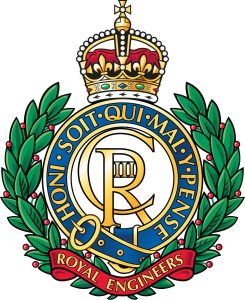
Thomas ANDREWS 1892 -1918
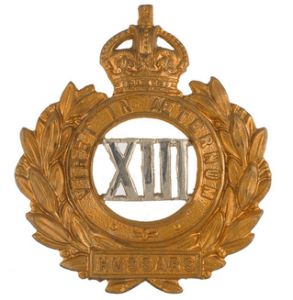

He is buried at Bac-de-Sud , British Military Cemetery, France.
William Gathorne ASPINALL
William Gathorne Aspinall did his apprenticeship at the Plant Works and his occupation was given as blacksmith on his marriage certificate when he married Lucy Emily Butler in St James’ Church on April 8th, 1909.
In 1912 , William, Lucy and baby Phyllis (my mother) emigrated to South Africa. The stay was short. William contracted malaria and was seriously ill. The doctor told him that he wouldn’t survive another attack and so, before the doctor would allow him to leave hospital, he sent Lucy, Phyllis and baby Jean home before him.
They arrived back in February 1915 and William joined them in June. That would agree with Plant records, when he returned to work there again.
The leaving date of 1918, would be when the family moved to Rossington.
I think Grandad moved to Rossington because of his health. Mother told me that as a girl, Grandma Lucy regularly used to send her to the chemist for some drops of Quinine. In the 1920s, the family moved to Moorends but I don’t think it was anything to do with the pit. They also lived in Wilkinson Ave, not a pit house. The earliest photo I have of us together was taken in 1940 on the flat bed of his lorry. He was a road haulier on mother’s marriage certificate in 1935. Plus I had a cousin, 12 years older than me, who said he helped Grandad during school holidays in the lorry in the 1920s. So, perhaps being self-employed was a good decision while his health was a problem.
By Pauline Stainton – Member 4573
Frank Curtis 1907-1952
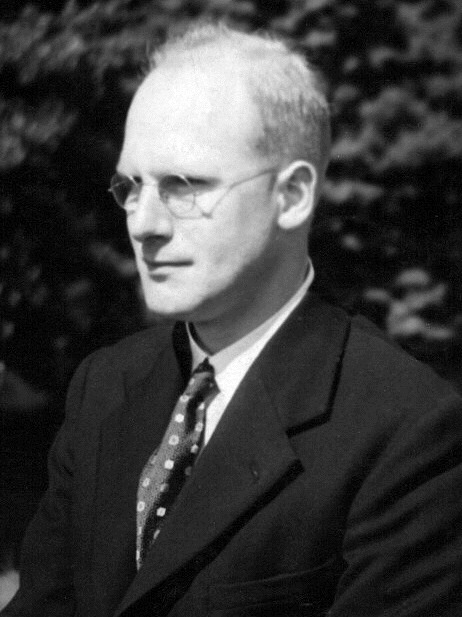
Sir Nigel GRESLEY
Also, see the Sir Nigel Gresley Exhibition page. Click here.
A short biography of Sir Nigel Gresley (1876-1941)
Patrick STIRLING - The Mayor
Patrick Stirling (1862-1925)
Patrick Stirling was born on 5th November 1862, Kilmarnock, Scotland.
He was the son of Patrick Stirling (Railway Engineer and Locomotive Superintendent of the GNR) and Margaret Laird.
With his father being employed by GNR the family moved to Doncaster.
On the 1881 census at the age of 18, he was employed as an engine fitter at GNR Doncaster Works, and the family lived Highfield House, Thorne Road, Wheatley, Doncaster.
By 1885-86 he was playing for Doncaster Rovers.
On 29th April 1891 Doncaster Patrick married Sarah Ann Roberts.
Patrick Stirling gave a lifetime of public service to the town and became Mayor of Doncaster in 1914, until 1915.
He died in 1925, Doncaster age 63. He is buried at Hyde Park Cemetery.
Marion Baxter – Member 4042
Sir Patrick STIRLING - The Engineer
Sir Patrick Stirling (1820-1895)
He remained with GNR until he retired, in 1895, ten days before his death.
He is buried with his wife in Hyde Park Cemetery in Doncaster next to his sons.


